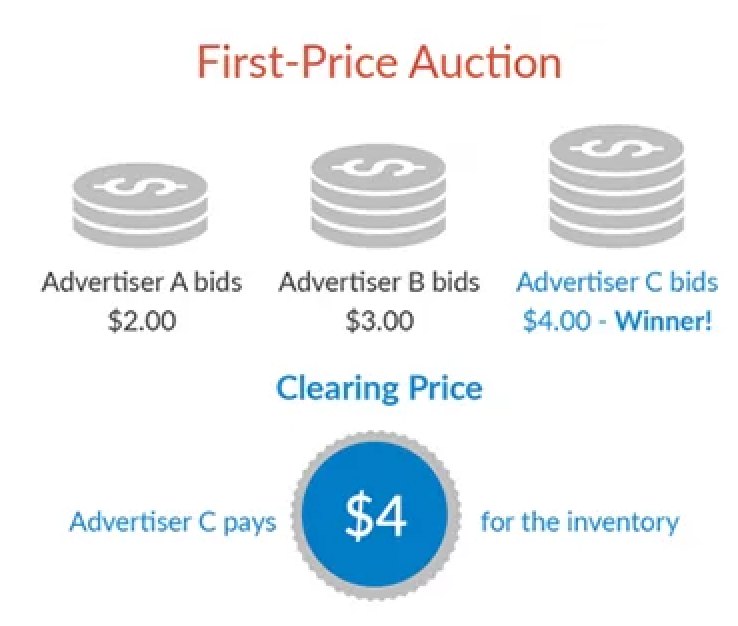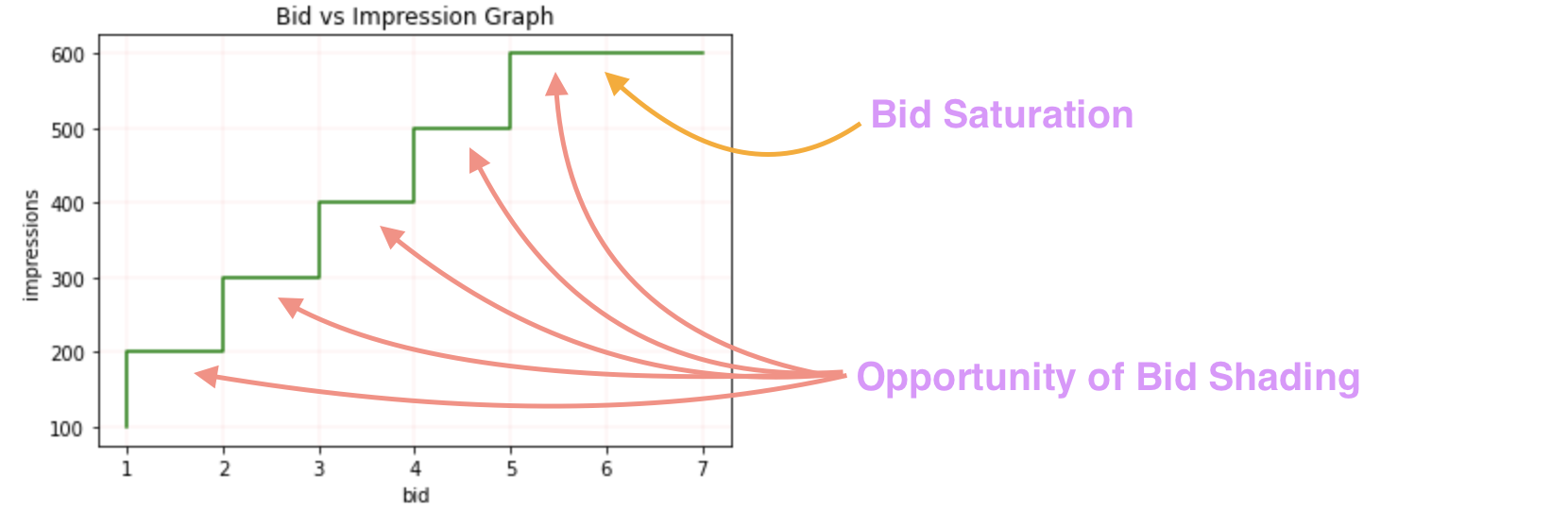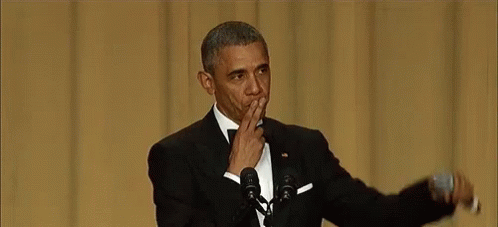Advertising 101:
- Whenever you search for a product on an advertising platform or a marketplace that runs a “sponsored ads” program, a real-time auction is triggered.
- Brands and sellers participate in this auction with the intent of their products to the potential buyers.

- The entity that bids the highest wins the auction and an ad is served. Pretty Straightforward, isn’t it?
- Well, Not quite. These auctions are triggered on every search made around the globe so a gazillion searches are happening around the clock.
- To make things interesting, these auctions are sealed (blind) auctions.
- As a result, at any point in time there is no way to know for sure what the competitors are bidding and if you are losing the auction.
- In addition to bid, there are various other control variables including budgets, audience targetings, relevant ASINs to be advertised, placements, creatives, etc.
- Launching and optimizing advertising campaigns at scale across advertising platforms and marketplaces is not trivial. This is where Perpetua comes into the picture.

- Perpetua is on a mission to give superpowers to anyone who sells online. Our AI-powered engine is responsible for estimating the optimal set of campaign configurations for achieving the advertising goals.
- Today, the focus will be on one such engine feature that facilitates the optimization of first-price auctions.
First Price v/s Second Price Auctions:
- Consider the scenario where advertisers A, B, and C bid $2, $3, and $4 respectively.
- In a first price auction (FPA), advertiser C wins and pays $4 per click i.e advertiser pay what they bid.

- In a second price auction (SPA), the highest bidder wins and pays the second-highest bid. Consider a second price auction with advertiser A, B, and C bidding $2, $3, and $4 respectively. Here, again advertiser C wins but pays $3.01 per click which is slightly higher than the second-highest bid.

- Second price auctions are known to encourage bidders to bid at or above their product value since the bid in a SPA does not affect the price, only the likelihood of winning. This is termed the Vickrey property.
- First-price auctions do not follow the Vickrey property. The easiest way to win is to be fast and frequent
- Some of the biggest advertising platforms by revenue, including Amazon, Google, Facebook, Instagram, Instacart, etc. use second-price auctions.
Why do First price Auctions exist?
- Since 2017, Display ad exchanges have been switching to First price auctions. Infact Google is planning to move Adsense for Content, Video, and Games to first price auction by the end of 2021.
- There are several factors involved in driving the adoption of FPAs but the most prominent one being transparency and accountability for the advertisers in bid auctions. With FPAs, there is no possibility of an ad exchange improperly manipulating the clearing prices.
- Additionally, with no discounting on cost-per-click, FPA enables exchanges to capture all of the revenue from the bidders.
- This is a win-win situation for the ad exchanges and advertisers.
Bid Shading in First-Price Auctions:
- With the first-price auctions, the probability of overpaying for each click is very high.
- For instance, If an advertiser bids $5 for an impression and the next highest competing bid is $2.5, the advertiser will still end up paying $5 when strategically, a bid of $3 would yield the same results at a lower cost.
- Ideally, the bidder would want to adjust the bids such that, if they win, they are charged the minimum amount necessary for winning the auction. The minimum bid for winning the auction in the example above would be $2.51.
- Determining the minimum bid needed to win the auction is a double-edged sword since bidding too low increases the chances of losing the auction altogether.
- As a result, there is a trade-off between the cost and the likelihood of winning the auction.
- This process of adjusting the bid is called bid shading.

Leveraging Reinforcement Machine Learning for Optimizing FPA campaigns:
- In a traditional setup, the objective function for the optimization problem is to maximize the difference between the unshaded bid and the shaded bid.

- As mentioned earlier, advertising auctions are sealed. There is no reporting on competitor bids thereby preventing us from solving the optimization problem in its current form.
- Instead of solving the bid shading as a one-shot optimization problem, we pivot it into a sequential optimization problem.
- To understand it better, let us talk through a scenario. Imagine a casino with 10 slot machines. Each slot machine has an unknown winning probability except for one that has a 1% probability of success.
- The question is, given a 1000 coins, how would you go about playing the slot machine?

- One strategy would be to spend all the 1000 coins on the slot machine with a known success rate. This is called an exploitative approach. The drawback is we miss the opportunity to estimate a higher success rate on other slot machines.
- An opposite approach would be to spend coins on all the machines. This is called an explorative approach. The disadvantage of this approach is that there is a cost associated with exploration that is additive.
- A combination of the above-mentioned approaches would be to explore with, say, 200 coins and exploit with the remaining 800 coins. This caps the cost of exploration while improving the probability of finding a slot machine with a success rate higher than 1%
- This is called the Multi-armed bandit problem. The idea is to exploit the data at our disposal while searching for an optimal solution by collecting more data.
- We use a similar explore-exploit formulation for estimating the value of an unshaded bid.
- Bid shading has proven to be a huge success resulting in a 25% increase in Advertising ROAs across our Walmart clients.

Let’s have a Chat:
- Bid Shading is just one piece of the puzzle. We are on a mission to provide the best-in-class value for our end users through data-driven approaches.
- We are in a hyper growth phase. Over the last 6 months, we have opened offices across 3 continents.
- Our Team has grown from 30 to over 100 in the last 8 months.
- And, we are hiring..So, If you are intrigued by us and are passionate about data and advertising, check out our Careers page and get in touch with us.
🌱 Come grow with us!
- Engineering Manager (m/f/d) - Remote possible
- Senior Data Engineer (m/f/d) - Remote possible
- Principal Front End Engineer
- Senior Data Scientist (m/f/d) - (EU) Remote friendly
- Senior Software Development Engineer In Test (Javascript)
- Senior Software Engineer - Frontend
- Software Engineer - Backend
- Senior Software Engineer - Backend